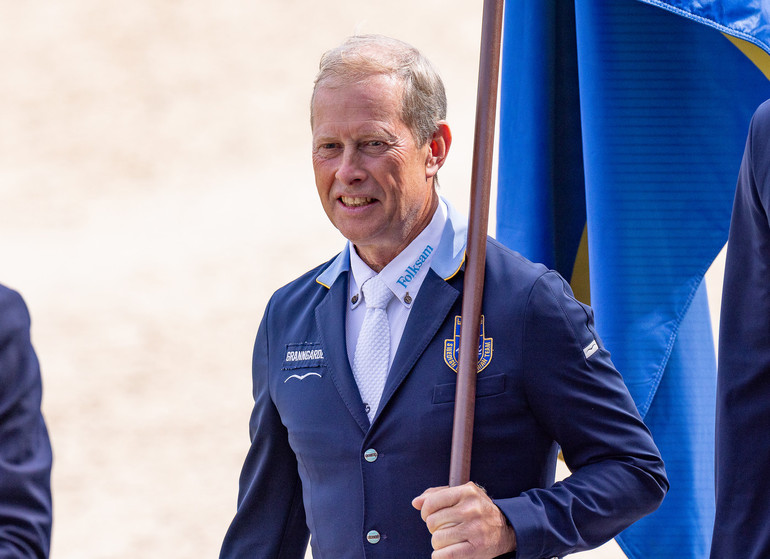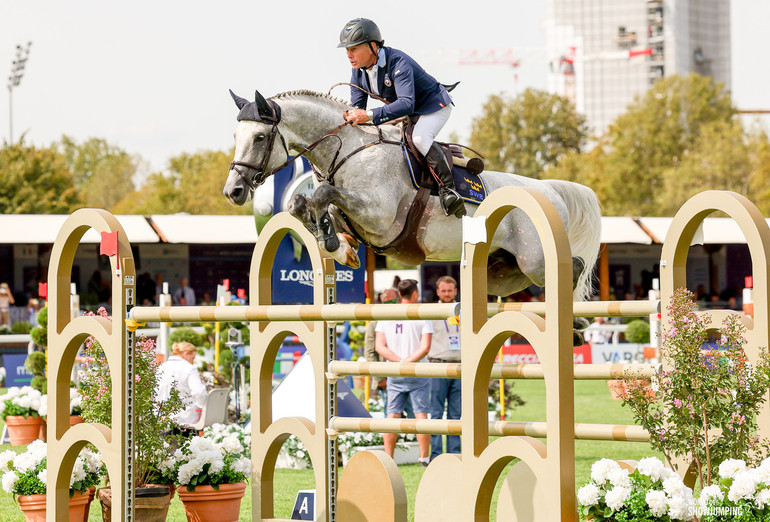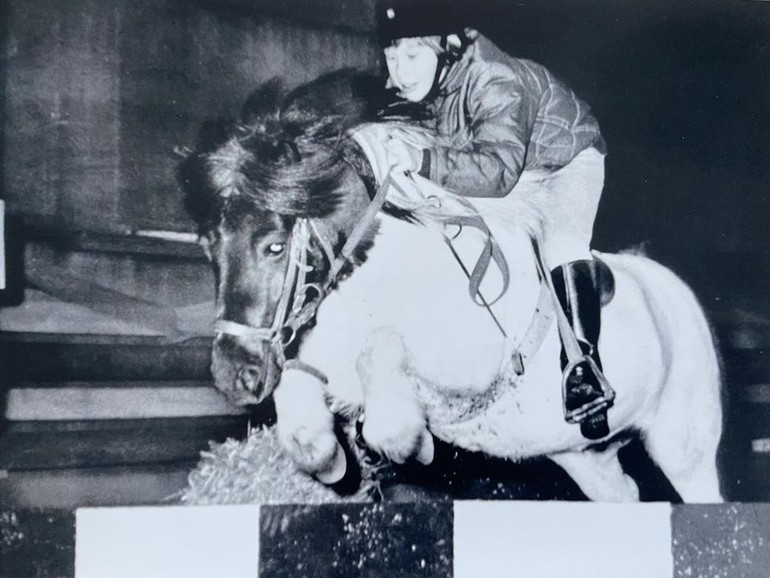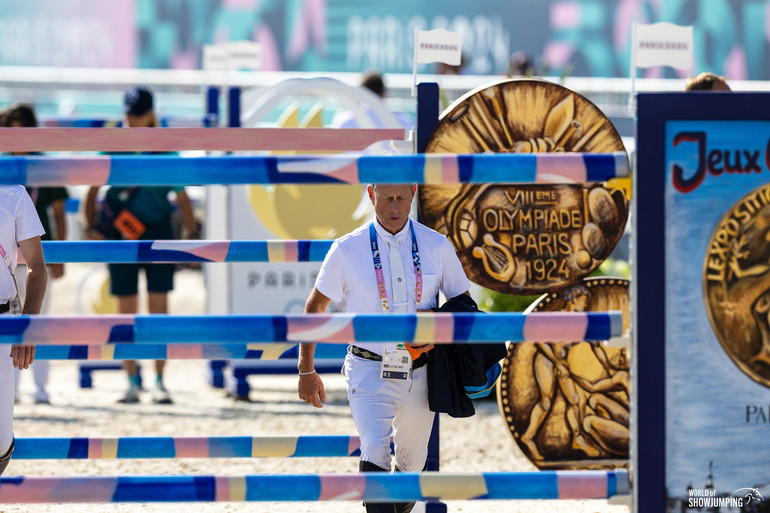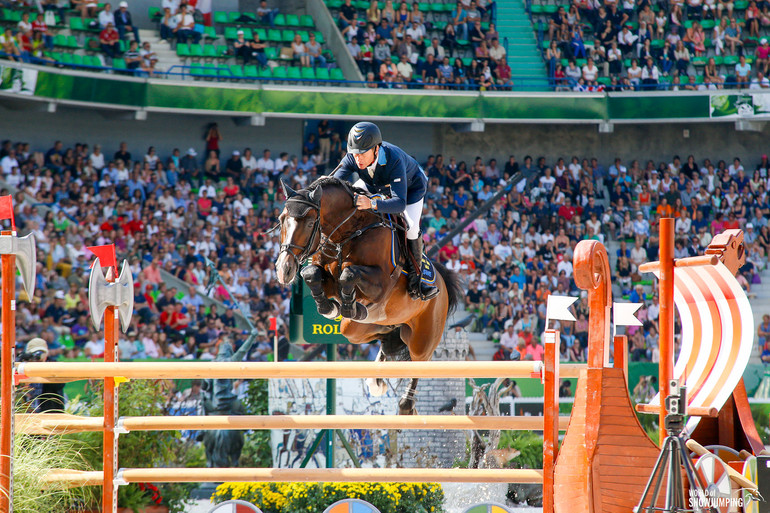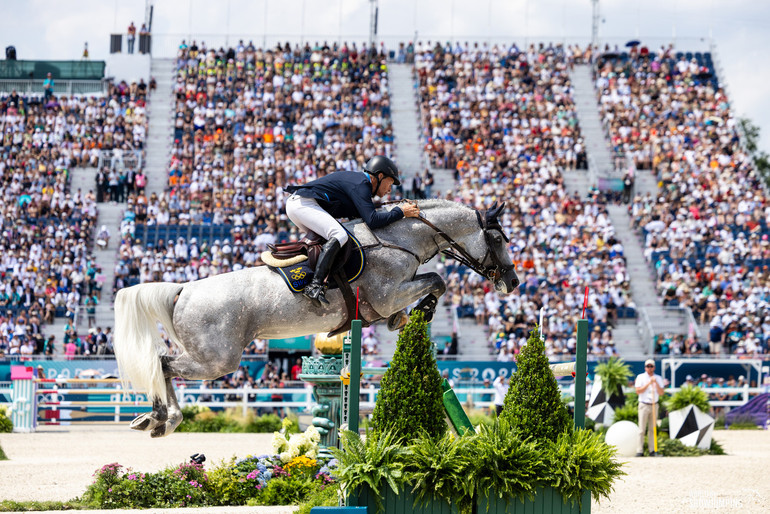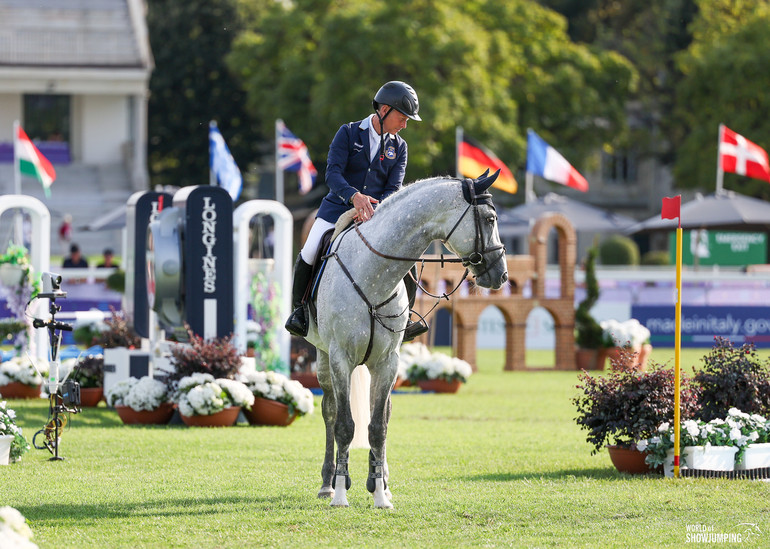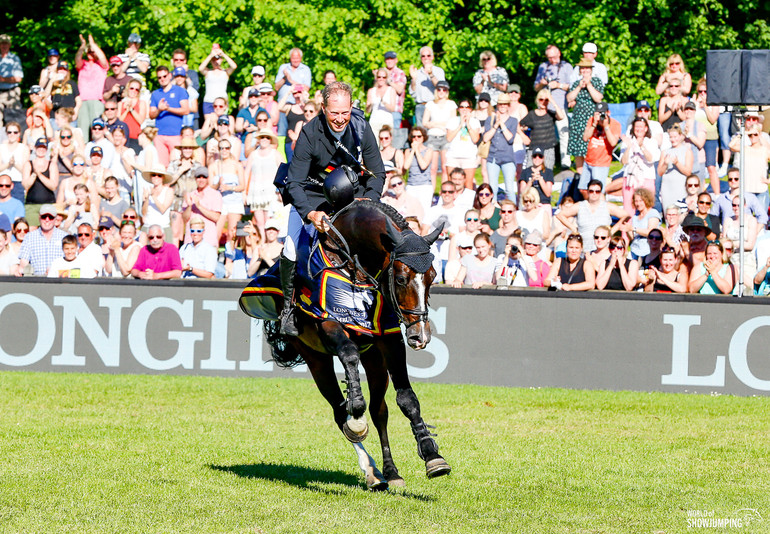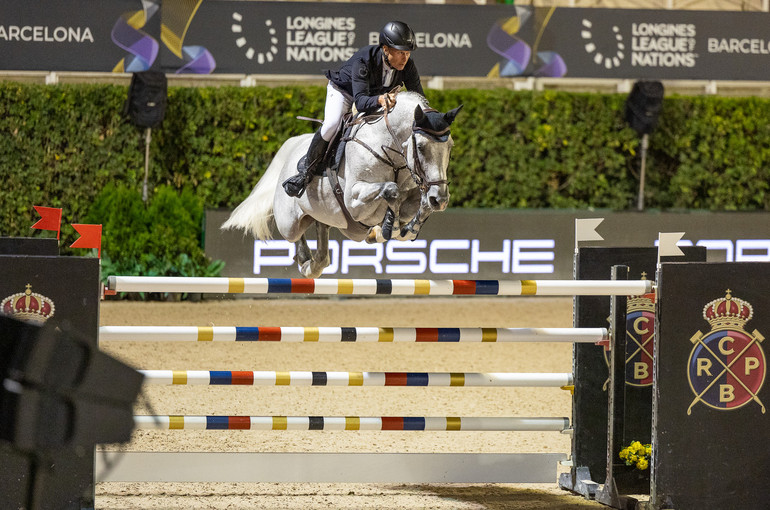Text © World of Showjumping
“Horsemanship – or rather the lack of it – has become quite a big issue,” Rolf-Göran Bengtsson tells World of Showjumping. “While there are many positives that come with the growth of the sport, there is not the same time for horsemanship as before. Now, we have shows every week, whereas before we had longer rest periods in between where you could work with your horses and build them up properly.”
“Nowadays, horses often don’t seem to get the time they need. People want to have everything done today – or preferably yesterday – and that's always risky if you have a very good horse,” Bengtsson says. “If you go too fast in the beginning, you can easily end up abusing their talent. On the other hand, you can also not save the horses until they are 15 before you step them up. It is all about feeling; you need management where you read the signals from the horse – and that is something you only learn through years of riding many different horses, it is not something simple that can be learnt overnight.”
Cornerstone of the Swedish team
The 62-year-old six-time Olympian and 2011 European Champion knows what he is talking about. During his illustrious career, the Swedish rider has competed at thirteen European Championships and returned home with five medals. With various horses, he has jumped at nine World Cup Finals, four World Championships and was crowned Olympic vice-champion in 2008 with Ninja La Silla and won Olympic team silver in 2004 with Mac Kinley.
While most will remember his huge success with the legendary Casall Ask who retired from the sport in 2017, the 62-year-old – currently ranked 87th on the Longines Rankings – has once again managed to return to the top. With the talented Zuccero HV, Bengtsson was part of the Swedish team that won European team gold in Milan last year and the two also represented Sweden at this year’s Olympic Games in Paris.
Learning to do the right thing from the start
Bengtsson was taught horsemanship at home. “It started in my early years with the ponies. We had know-how in the family on my father's side, so already as a child I was taught the right way of doing things,” he tells.
“We were basically taught how to ride, we understood the importance of flatwork, how to work the horses and keep them sound. I learnt from early on to teach the horses how to move in the best way possible for them, and how to use their abilities the right way so that they stay healthy for as long as possible. Jumping the jumps is something the horses normally can do naturally so the most important part is to work on rideability. We have to be able to adjust our horses in the course – it all comes down to rideability and flatwork,” Bengtsson says.
Don’t be afraid to ask for help
While Bengtsson himself learnt a lot at home, not everyone is as fortunate. “When you are young, you can learn a lot from making mistakes and of course from the different type of horses you ride,” he says. “However, younger riders would all benefit from someone experienced who has a bit of know-how to support them and tell them when to leave it, when not to push more and not to ride too fast in a jump-off.”
“It is important for young people to not be afraid to take help from older colleagues and trainers,” Bengtsson continues. “They should learn to do the right thing as quick as possible. And if they are lucky enough to find a perfect horse for them, they should use that horse in the best way and not use it too fast.”
There are no shortcuts
Huge ambitions can sometimes lead to taking shortcuts – which is something Bengtsson would not recommend for the next generation. “As long as it goes well, it's of course great,” he says. “However, as a young rider the risk with taking shortcuts is that you ignore the basics – because often the basics are not fun, they take time and they don’t bring instant gratification,” Bengtsson says. “But realistically it cannot be fun all the time, and it’s disappointing to see young people giving up at the first sign of struggle.”
“Skimping on the necessary basics as a rider, you will build a very shallow foundation instead of having a wide know-how,” Bengtsson continues. “As a rider, you are always going to have setbacks – eventually everyone goes through those periods – and therefore, it is better to take the time to build something strong to fall back on to, something that allows you to keep building so you can climb up again.”
“If you take a close look at the sport, you will see how this reflects in terms of the same riders coming back by producing new horses time and time again,” Bengtsson says. “That is not only about their experience of riding, but also a matter of management, how they deal with their horse owners and sponsors and how gifted they are in finding horses and producing them. There are many things a top rider has to be good at,” Bengtsson points out about the importance of building a solid foundation before reaching for the top ranks. “Sometimes we also see riders who might be fantastic with one particular horse, but they never really find another horse to come back with and be that strong with again.”
Recognising what a good horse is made of
During his long career, Bengtsson has ridden countless horses and has learned what is needed to reach the top. “I have ridden many different types of horses; slow, hot, big, small, huge canter, small canter – all of them. As a rider, you usually have a type of horse you like more. I have learned how to improve certain weaknesses and understand what you can live with and what you cannot live with. I believe that you can always improve; you have to believe in your plan and stick to it, even if sometimes it takes a little bit more time than you thought.”
“Several aspects come into play in what makes a good horse, and I believe that a good attitude is one of the many attributes needed – especially if you are aiming at the higher levels of the sport,” Bengtsson points out. “Working should be fun, and therefore the attitude a horse has is very important. These days, the classes are getting so fast that in order to be competitive, you also need a naturally fast horse with good rideability.”
“Additionally, you have to believe in the horses you work with, and you have to wait until they are ready. Eventually, some of them get up there, while some reach a certain limit and then you might feel the next step is going to be too big. In those cases – which are more the rule than an exception – you have to find the best way out for everyone involved; you can sell or find another rider who wants to ride on the level the horse is comfortable at.”
All about feeling
While patience is essential when working with horses, there is no strict recipe for success. “Time is important but not everything when it comes to producing horses,” Bengtsson points out. “Every rider has their own way of management, and every horse is different. You can never point out an exact time that it will take to produce a horse, it is about having a feeling about the different types of horses and their individual needs. Some horses need more time than others, while some are very mature early on.”
“When I plan shows for my horses, they first of all need to be ready for the goals that I aim for,” he explains. “I look at it as steps; when I feel a horse is comfortable at a certain level, it can try to step up. I aim to have a few moments each season where I want to be at our best, to peak a little.”
What kind of string of horses you have at any given moment also affects the young ones and how they can be produced, Bengtsson points out. “If I look back to the past with Casall for example, I had Ninja and Quintero, and they could do all the big stuff while Casall just came along these nice shows and jumped small classes,” he says. “He could grow into it slowly; the pressure was not so high.”
“When you have a special horse that you can compete with for many, many years, it is always a big loss when they get sold or retired,” Bengtsson reflects on the many transitions he has experienced during his career. “As riders, we always need to produce horses that can be there to fill the gap.”
“At the moment, we do some breeding ourselves as well,” Bengtsson tells about the system he currently has in place. “However, that is of course very difficult because not all foals are superstars, that’s for sure. All you can do is hope, but when you breed yourself, at least you can have the horses at home, you can follow them and know what happens with them – which is always good. We have a rider who produces the young ones, he starts from the very early years and then I step in when the horses are around seven-eight. Some get sold on the way while some we try to keep. We also have horses from different owners, and those horses we usually get in a bit older.”
Do right by the horses
“As I'm nearing the end of my riding career, I don't know where the sport will be going,” Bengtsson says about the future. “It all seems to be moving more and more in the direction where the money is; not only the big shows but also the costs related to finding horses and producing them. Keeping the horses has gotten harder, with buyers all over the world ready to purchase horses for customers who can afford to pay huge amounts.”
“The sport has evolved, and the level of competition is extremely high; you need a really good horse, otherwise you have no chance to win a class. At the beginning of my career, if you got the start list for the Grand Prix and pointed out five names, you could be sure about having the winner among these five. Today, if you point out 25 pairs from a start list, you cannot be sure that you have the winner within this group.”
“It is important not to get blinded by prize money and show too often, over-using your horses,” Bengtsson concludes. “The risk with all the big shows, which are all over every weekend, is that you end up competing too much. When you have a really good horse, you want to have it for as many years as possible because it's so hard to find one and to make one. Therefore, you have to take the best possible care of them. It all goes back to horsemanship; think about your horses first and do the right thing by them.”
3.12.2024 No reproduction of any of the content in this article will be accepted without a written permission, all rights reserved © World of Showjumping.com. If copyright violations occur, a penalty fee will apply.



